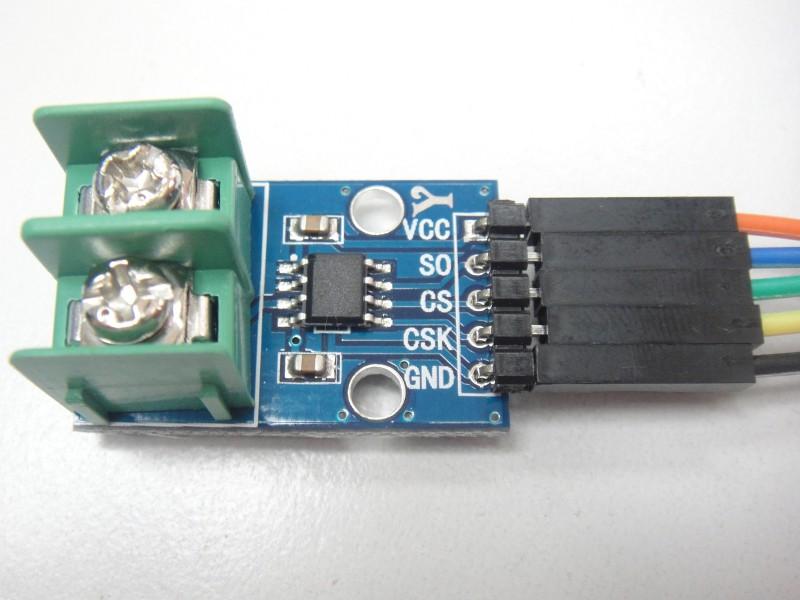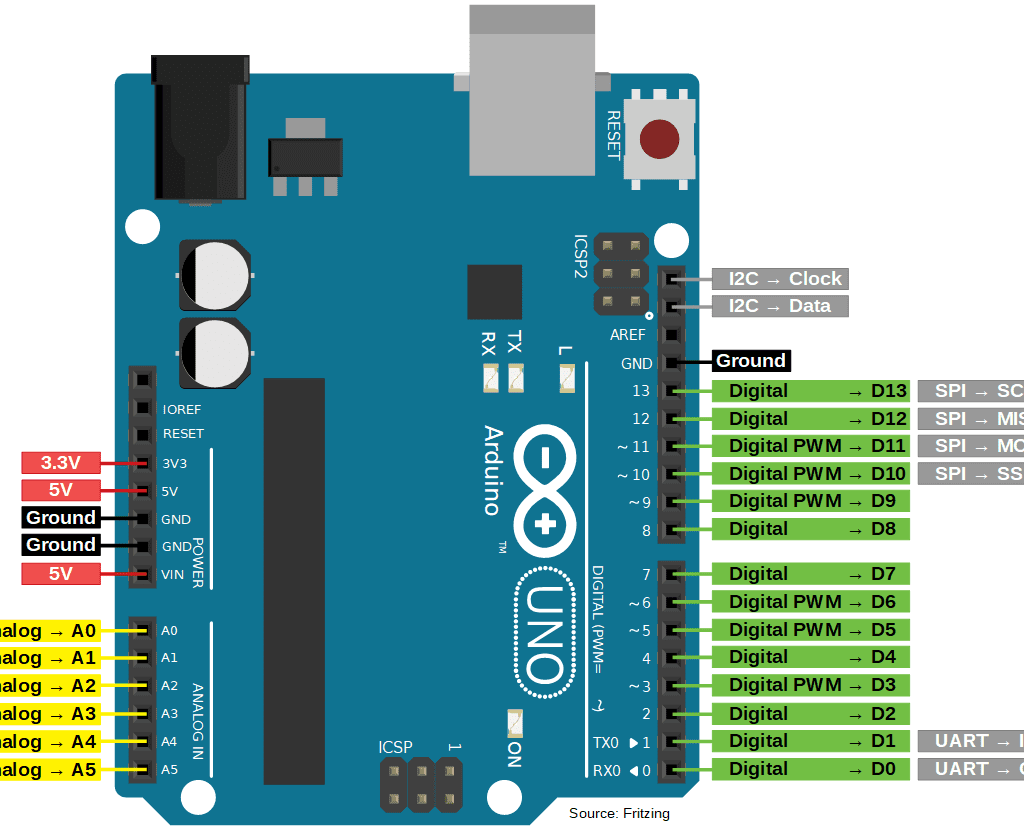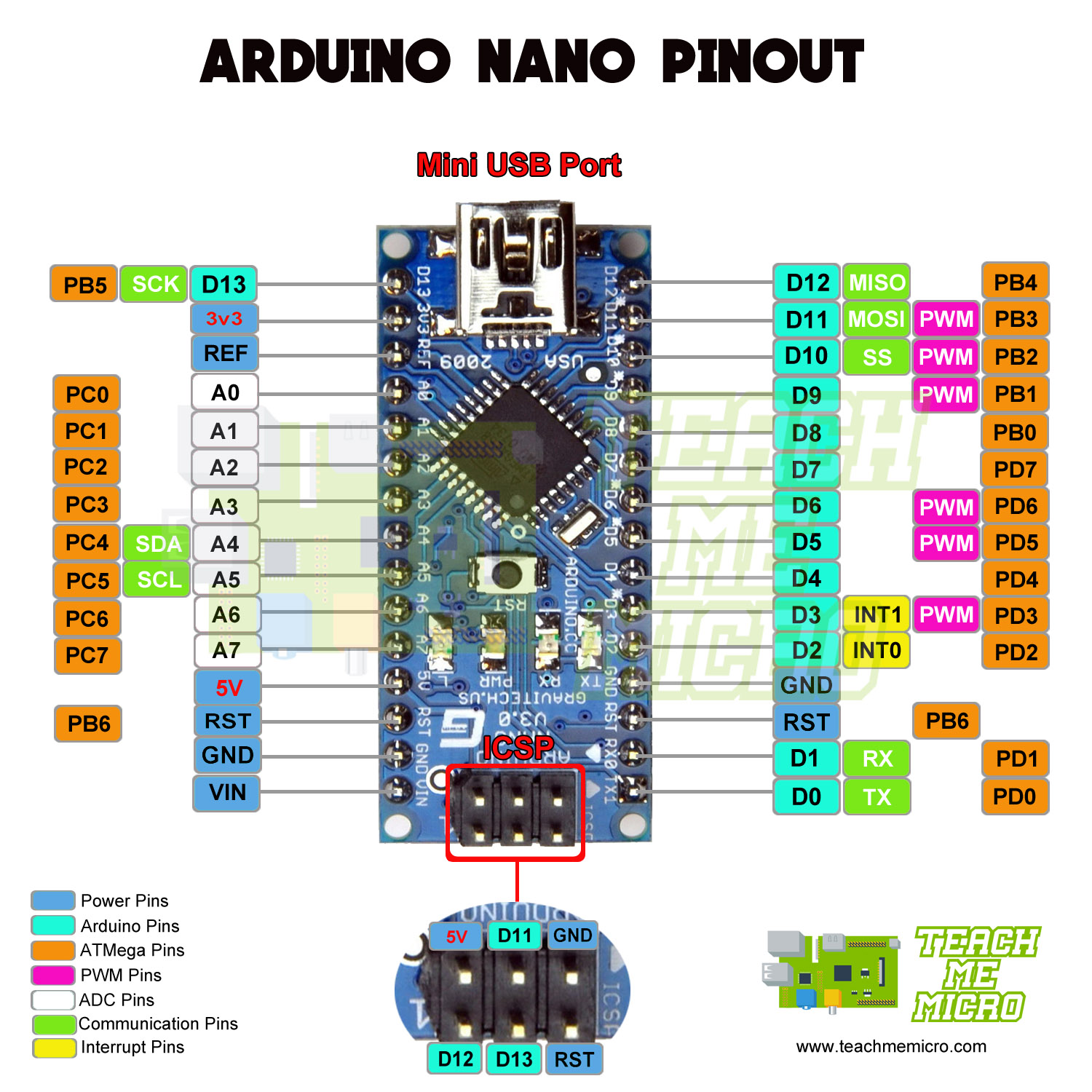
This is where the MAX6675 comes in as it has everything built-in like an in-built amplifier, Cold -Junction-Compensator (CJC) and an ADC. So a technique called Cold-Junction-Compensation (CJC) is used. The generated voltage is extremely small so an amplifier is required to turn the reading into a usable form. To learn about the different types of Metal that can be used in Thermcouple desiging you can check this post: Metal & Alloys. If the temperature difference is large enough, some Seebeck-effect devices can produce a few millivolts (thousandths of a volt). The voltages produced by the Seebeck effect are small, usually only a few microvolts (millionths of a volt) per kelvin of temperature difference at the junction. If this is done then the temperature difference across the thermocouple wire from end-to-end causes a voltage to be generated ( Seebeck effect) that is proportional to the temperature difference.

One end of the metal is kept at high temperature and other end at cold ice. Output mode: SPI digital signal Thermocouple Designing (Seebeck Effect)Ī thermocouple measures the difference in potential across a hot and cold end for two dissimilar metals. Screw terminals allow for connection to the thermocouples spade connectors and a 5 pin standard 0.1″ header provides an interface to a microcontroller. This converter resolves temperatures to 0.25☌, allows readings as high as +1024☌, and exhibits thermocouple accuracy of 8 LSBs for temperatures ranging from 0☌ to +700☌.
Max6675 v1.2 arduino nano pinout serial#
It provides a microcontroller compatible digital serial interface (SPI compatible) for giving an accurate temperature-compensated measurement of the temperature. This MAX6675 Module + K Type Thermocouple Sensor makes use of the Maxim MAX6675 K-Thermocouple to digital converter IC. MAX7765 K-Type Thermocouple Temperature Sensor

The following are the list of components for making Industrial Thermometer with the Amazon purchase link. So, let’s make an Industrial Thermometer with MAX6675 Thermocouple, Arduino & LCD Display.

The chip has internal functionalities for temperature measurement, all need is to connect up the thermocouple and read the output from the SPI pins. This MAX6675 chip is designed specifically for use with the K-Type thermocouple which is the most popular chip. But the disadvantage of non-contact IR Temperature Sensor is that it is very expensive. The only other way of measuring such high temperature is by using non-contact thermal temperature gun. The great advantage of the thermocouple is its ease of use when measuring high temperatures. When its come to high-temperature measurement, the MAX6675 is the best option. Here we are going to use it, SPI Pins, with the Arduino Nano Board.Įarlier we used the temperature sensors like DS18B20 & LM35, but they can only measure the temperature below 125☌.

The chip output data is sent via an SPI interface. Using the MAX6675 Breakout Board and a K-Type thermocouple, we can easily measure temperature ranging from 0☌ to 1024☌ using any microcontroller. In this project, will make an Industrial Thermometer with MAX6675 Thermocouple & Arduino Interface & display the temperature in 16×2 LCD Display. Source Code/Program for Arduino MAX6675.Interfacing MAX6675 Thermocouple & LCD Display with Arduino.Cold Junction Compensation & MAX6675 IC.Thermocouple Designing (Seebeck Effect).MAX7765 K-Type Thermocouple Temperature Sensor.


 0 kommentar(er)
0 kommentar(er)
